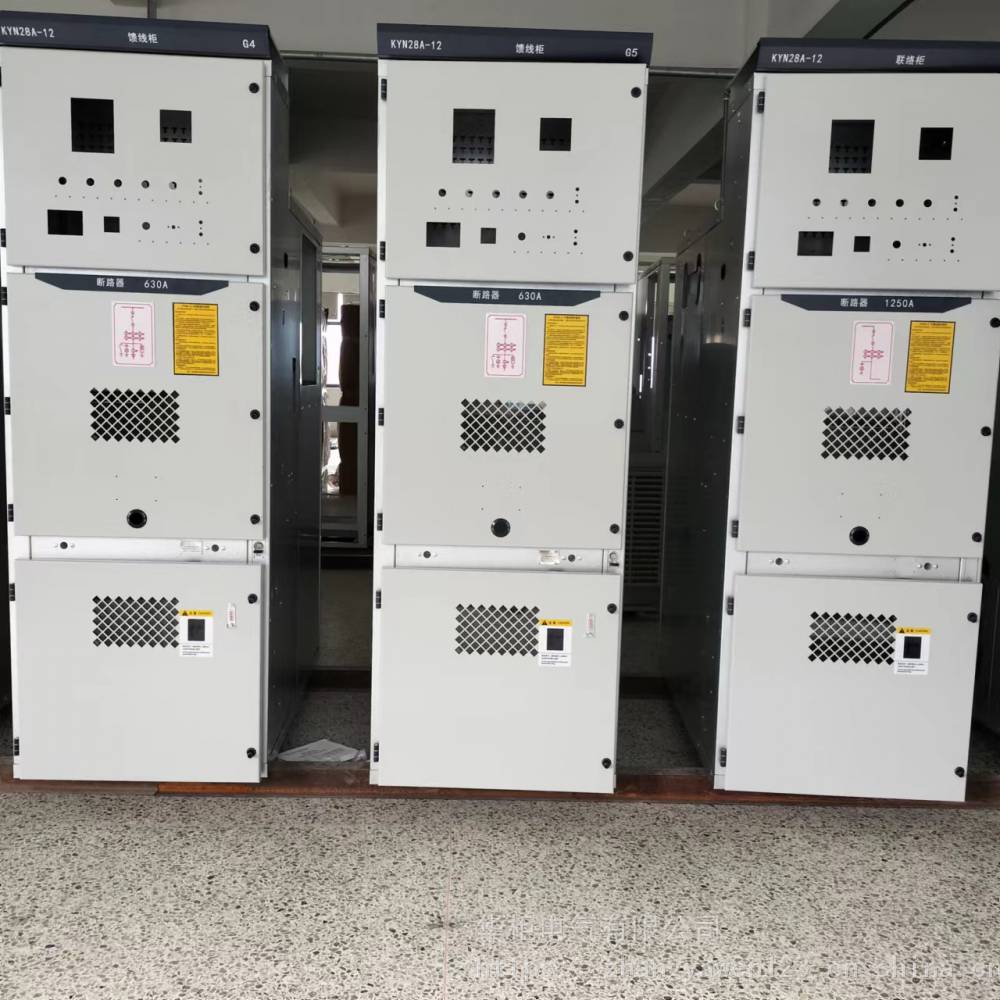Enhancing Functionality: Integrating Casing Locks and Hinges in Electrical Cabinet Design
In the realm of modern electrical cabinet design, efficiency and security are paramount considerations. One critical aspect often overlooked yet significantly impacting the overall performance is the integration of casing locks and hinges. These seemingly simple elements play a pivotal role in ensuring the reliability, accessibility, and protection of the cabinet’s contents.
Casing locks provide an essential layer of physical security. They prevent unauthorized access to sensitive electronic components, guarding against potential damage or tampering. High-quality locking mechanisms, such as key-operated, biometric, or magnetic locks, offer customizable solutions that cater to varying levels of security needs. By seamlessly integrating these locks into cabinet designs, engineers can create a robust barrier between the interior and exterior environment, enhancing the cabinet’s durability and longevity.
Hinges, on the other hand, facilitate easy opening and closing, facilitating maintenance and upgrades. Smoothly functioning hinges ensure minimal wear on the cabinet structure and reduce the risk of accidents due to unexpected closures. Self-aligning and adjustable hinges adapt to different installation scenarios, providing flexibility in cabinet placement without compromising functionality. Additionally, they contribute to the aesthetics of the design by maintaining a clean and professional appearance.
When combined, casing locks and hinges form a cohesive system that o ptimizes both security and usability. A well-designed cabinet with integrated locking and hinge systems ensures quick access for authorized personnel while safeguarding valuable equipment. This integration not only improves operational efficiency but also adds to the overall value proposition of the electrical cabinet solution.
ptimizes both security and usability. A well-designed cabinet with integrated locking and hinge systems ensures quick access for authorized personnel while safeguarding valuable equipment. This integration not only improves operational efficiency but also adds to the overall value proposition of the electrical cabinet solution.
In conclusion, the integration of casing locks and hinges in electrical cabinet design solutions represents a step forward in engineering excellence. It demonstrates a commitment to user experience, safety, and the long-term integrity of the product. As technology advances, so should our approach to cabinet design, embracing innovations that enhance functionality and reliability in the rapidly evolving landscape of electronics.